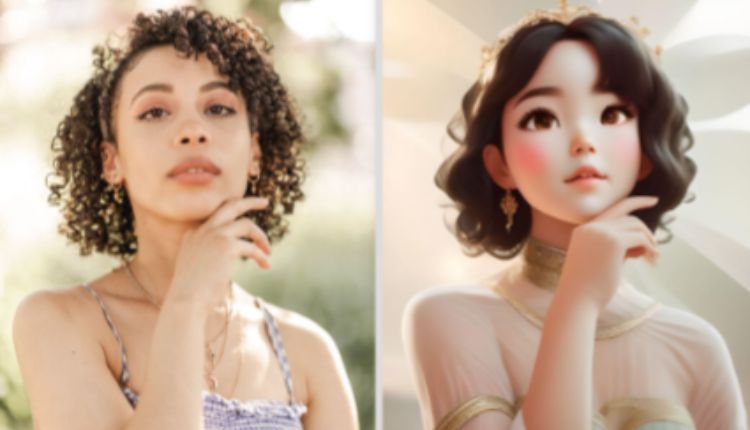Face filter apps have become a global phenomenon, changing the way people interact with photography and social media. From simple beauty touch-ups to creative augmented reality (AR) effects, these apps offer features that cater to a wide range of users. But why are they so popular today? Let’s dive into the reasons behind their rapid rise in popularity and what makes them a go-to tool for users of all ages.
What Drives the Appeal of Face Filter Apps?
Face filter apps are popular because they offer a unique blend of entertainment, creativity, and practicality. Below, we explore the main factors that have contributed to their widespread appeal.
1. Ease of Use and Accessibility
Face filter apps have revolutionized photo editing by making it incredibly easy and accessible for everyone. Unlike traditional photo-editing software that requires technical skills, these apps provide a simple interface with intuitive features that anyone can use. With just a few taps, users can apply effects, change facial features, and transform their images in real time. So the face filter apps are appealing to both tech-savvy individuals and those who are new to photo editing, lowering the barrier to entry for creating visually compelling content.
2. Self-Expression and Personalization
These apps allow users to express themselves and personalize their photos in ways that were previously not possible. Whether it’s adding fun elements like animal ears, changing hair colors, or applying digital makeup, various face filters provide a creative outlet that goes beyond standard photo editing. Apps like Snapchat and Instagram have made filters synonymous with self-expression, giving users the tools to customize their images to reflect their mood, personality, or artistic preferences, making them especially popular among younger generations who are constantly looking for new ways to stand out.
3. Enhanced Beauty Features
One of the primary reasons for the popularity of face filter apps is their beauty enhancement features. Apps like Facetune and AirBrush specialize in providing tools for smoothing skin, removing blemishes, whitening teeth, and even reshaping facial features. These features allow users to present the best version of themselves online, which is particularly important in today’s image-focused social media culture.
4. Integration with Social Media Platforms
Face filter apps have also gained traction due to their seamless integration with social media platforms. Apps like Instagram, TikTok, and Snapchat have built-in face filters that allow users to create engaging, eye-catching content directly within the app. This easy-to-share format encourages people to use filters in their posts, stories, and live streams, making the process of editing and sharing effortless.
5. Entertainment and Fun Effects
For many, face filter apps are simply a source of fun and entertainment. The novelty of trying on different filters, from transforming into a cartoon character to swapping faces with a friend, provides endless amusement. Filters like these aren’t just limited to beautification—they include playful elements like augmented reality animations, face swaps, and themed overlays that make photos and videos more interactive and engaging.
6. Keeping Up with Trends and Innovations
The continuous evolution of face filter technology also plays a huge role in keeping these apps popular. Developers are always introducing new effects, seasonal filters, and innovative features that capture the latest trends. For example, the introduction of augmented reality (AR) filters that respond to facial movements and voice commands has made these apps even more engaging.
Conclusion
The popularity of face filter apps can be attributed to their ease of use, self-expression capabilities, beauty enhancement features, and more. They not only help users look their best but also offer a fun, interactive way to create and share unique content. As technology advances, we can only expect face filter apps to become even more versatile and exciting in the future.


